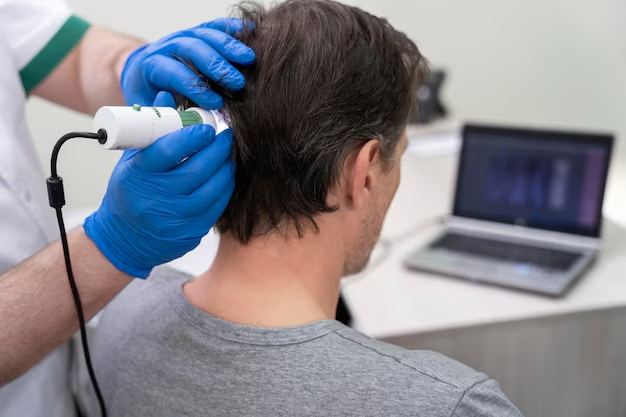- HOME
- ABOUT
- FACE SCULPTING
- SKIN
- BODY
- FACE
- EQUIPMENT
- POST PROCEDURE
- CONTACT US
- HOME
- ABOUT
- FACE SCULPTING
- SKIN
- BODY
- FACE
- EQUIPMENT
- POST PROCEDURE
- CONTACT US
Nanofat hair treatment
Nanofat hair treatment
Over 40% of women and 70% of men suffer from alopecia, characterized by hair loss, thinning, and lackluster hair. This condition can be embarrassing, lead to mental health problems, and diminish your sense of well-being; a good head of hair symbolizes beauty, youth, and vitality.The Nanofat grafting procedure is a component of our regenerative medical/surgical offering, revolutionizing aesthetic medicine. This treatment aims to restore the cells and tissues that have deteriorated with age; nevertheless, the scalp and hair also age.
Nanofat increases the proliferation rate of human follicular cells, whereas PRP contains growth factors that drive fast angiogenesis and localized cell development. This treatment at IPAL Clinic is based on an autologous method, making it 100% natural. It provides a durable solution for men and women of all ages.

Ideal Candidates for Nanofat treatment
Those in the earliest stages of hair loss are ideal candidates for nanofat as a therapy for hair loss. Candidates should have modest expectations, as outcomes can vary from patient to patient, and their durability cannot be guaranteed.
As these conditions are reversible, nanofat hair therapy is not appropriate for individuals with hypofibrinogenemia, hemodynamic instability, abnormally low blood count, or hair loss due to medicines, stress, or medical treatment.

How Does it Work?
Thin micro cannulas are used to harvest fat cells, typically from the belly or thighs, which are then physically emulsified and filtered through a 500-micrometer filter.
This liquid fat, known as nanofat, contains significant concentrations of mesenchymal stem cells, growth hormones, and stromal vascular fraction, all of which have been proven to enhance endothelial proliferation, collagen synthesis, and new cell formation and differentiation.
This fluid is centrifuged to increase the fat concentration before reinjection along the hairline to activate hair follicles and encourage hair regrowth.
Expected Results and Recovery
After nanofat aesthetic treatments, you can expect redness and swell at the injection sites, along with overall discomfort, edema, and bruising in the fat transfer treatment area. Patients should anticipate taking roughly a week off of work to recuperate. Over the next several weeks, patients will begin to observe hair regrowth in the transplanted locations, which will continue to improve over the following months.
To discover more about nanofat hair restoration and see if you are a candidate, book a consultation with Dr. Shahr Bano at IPAL Clinic.

